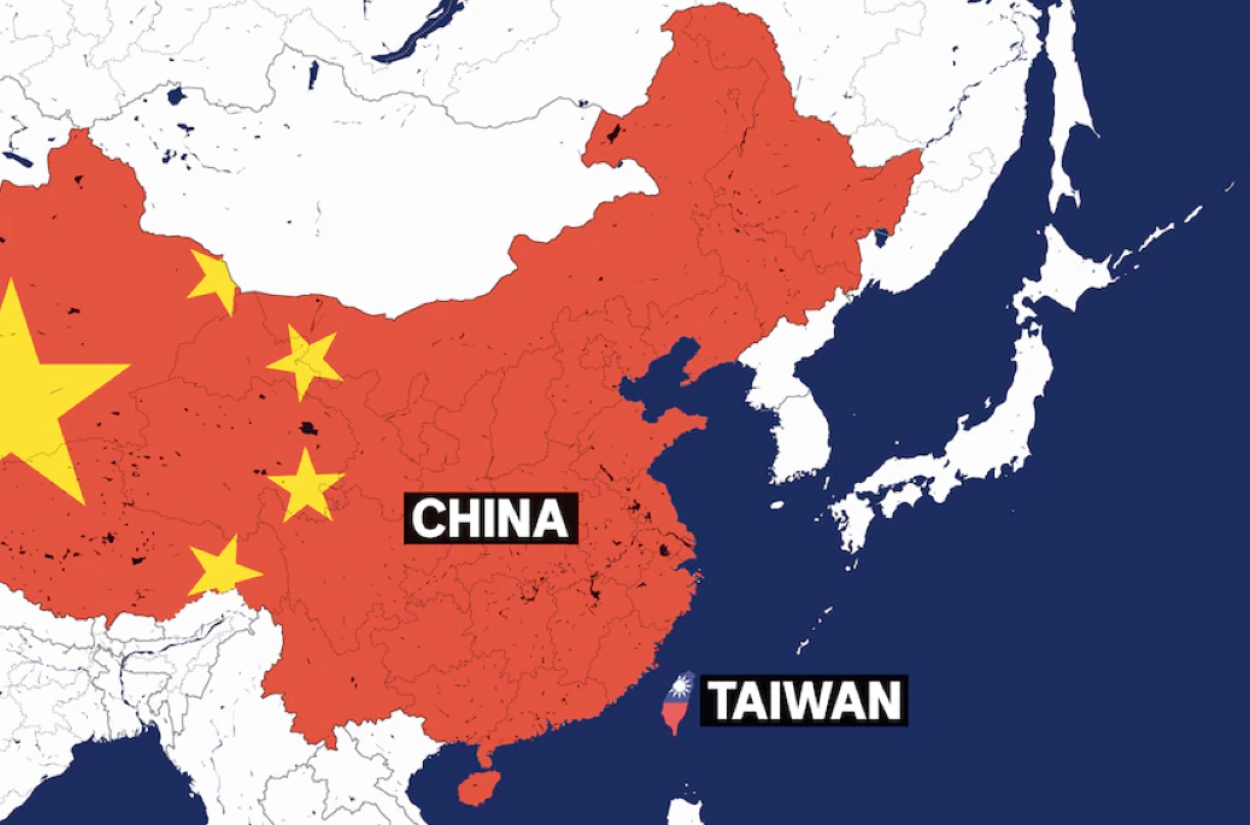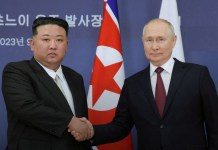China has emerged as the United States’ biggest challenge in the 21st century. A study of the wargames conducted by the various think tanks over the years paints a gloomy picture of the US military.
Taiwan is becoming the obvious flashpoint between the US and China in the Indo-Pacific. Different governments and think tanks have been playing out different scenarios over the years, with the Taiwan conflict at its root.
A study of these wargames conducted between 2016 and 2023 has produced varied results ranging from swift subjugation of Taiwan, bloody victory for the US forces, to sweeping victory for China.
For comparative purposes, the wargames studies have been divided into three discrete eras – before 2017; 2017 to before Russia invaded Ukraine in February 2022; and post Febuary 2022.
The pre-2018 wargames tended to end favorably for the US, Taiwan, and allies, although at great cost. Between 2018 and February 2022, things grew bleak for the US and Taiwan as it scored only one victory, four losses, and two stalemates.
Post 2022, the Russian invasion of Ukraine presented new insights into the battlefield, and the outcomes have turned a little in favor of the US and Taiwan.
The study conducted by the Centre for International Maritime Security (CIMSEC) examines 12 wargames spanning an extended period. These wargames have been conducted by RAND International, the United States Marine, and the United States Army, among others.
In one of the classified wargames conducted after 2018 by the Department of Defense in October 2020, the scenario of the US and Chinese forces fighting over Taiwan was played out.
The United States Vice Chairman of the Joint Chiefs of Staff commented after the completion that “the concentration of combat power for maximum efficiency and effect, and the United States military’s information dominance, is no longer guaranteed.” The US military had failed miserably in this iteration.
After initial failures, the US could reverse fortune by testing a new concept known as “expanded maneuver,” which involves the dispersal and disaggregation of combat power across all domains.
The conclusion was that the People’s Liberation Army had benefited from studying the adversary’s tactics, techniques, and procedures extensively over the previous two decades and had implemented changes that challenged the previous way of war.
The Pentagon is pushing the US forces to adopt the expanded maneuver concept by 2030.
In another simulated scenario, a RAND Corporation representative revealed to the media that the US lost assets quickly in the wargames set in 2025 and beyond. According to RAND Corporation, in this iteration of the wargame, the US loses assets in theatre “very quickly” and “cannot project power into the battlespace to defeat an invasion.”
In this wargame, the Chinese invasion of Taiwan was a success. “Using multiple airborne and amphibious assaults, the People’s Liberation Army could reinforce a successful lodgement before effective United States assistance arrived,” according to the CIMSEC study.
The only silver lining in this scenario has been that the US could improve its chances by relying on a new generation of long-range anti-ship missiles combined with space-based reconnaissance.
Another lesson gleaned from this exercise has been the use of artificial intelligence to locate enemy targets and unmanned undersea drones. These technologies are cheaper and would come with about five percent of the current Department of Defense’s budget.
The Winning Game
In one of the wargames conducted by the US Air Force that was set in 2030 and envisioned China’s invasion of Taiwan, the USAF managed to push back China by using drones as a sensing grid, cargo planes dropping guided munitions, and other novel technologies. The victory, however, came at the cost of a huge loss of life and equipment.
In this scenario, Taiwan had boosted its defense budget before the conflict and bought drones and electronic warfare equipment. While earlier, the US forces were defeated, this wargame was an improvement for the US military even though both sides suffered catastrophic losses.
This wargame underscored that to deter the PLA from launching an invasion, the USAF reportedly needed more and newer tactical aircraft, greater numbers of drones and ‘loyal wingmen’ teamed with crewed aircraft, and more strategic bombers, tankers, and airlift to win a war after 2030.
Another wargame named “Slaughter in the East China Sea” was conducted by the Center for New American Security in 2020. This limited study stems from how things will play out after China’s seizure of one of the Senkaku Islands and the Japanese efforts to reclaim them.
The US assisted Japan but with constrained rules of engagement. The conflict escalated, and despite losses, the US and Japanese forces failed to wrest control of the islands from the Chinese forces.
Another wargame by the Center for New American Security named Poison Frog in 2021 yielded similar results. The Chinese seizure of Taiwan’s outlying Pratas Islands led to US-led retaliation in the economic and information field.
“Close cooperation” between Taiwan, the United States, and Japan could isolate China but did not lead to a return to the status quo.
In one of the US Army-backed wargames in 2021, Taiwanese forces surrendered within a month. The PLA could utilize its modern, flexible forces near Taiwan, while their anti-access, area denial capabilities created obstacles that the US forces could not overcome.

More Wargames
A wargame was conducted by the New American Security in June 2022, under the aegis “Dangerous Straits. This study was set in 2026 and entailed a strategic, operational war game over Taiwan.
The PLA’s objective to “decapitate” Taiwanese leadership and “inhibit” a US response with preemptive strikes on Japan and Guam yielded no quick victory for either side. The conflict turned into a stalemate after the first week.
The wargame revealed that the PLA’s presence in northern Taiwan had “very vulnerable lines of communication.” It also highlighted rapid escalation, crossed red lines, attacks on the Chinese and US homelands, and a demonstrative nuclear detonation.

The recommendation of the wargame was for the DoD to invest in long-range precision-guided weapons, undersea capabilities, additional basing in the western Pacific, and joint planning with Japan and Australia. It also noted the requirement to plan for a protracted conflict, mitigate escalation risks, and support Taiwan’s military posture.
The Center for Strategic International Studies (CSIS) conducted a wargame, ‘The First Battle of the Next War’ in 2022. This detailed and wide-ranging assessment of a war game involved China, Taiwan, Japan, and the United States. Twenty-four different iterations were conducted.
It details which factors increase or decrease Taiwan’s chances and is clear about assumptions and limitations. The study assessed that China was always able to get troops into Taiwan as their proximity to the island made it impossible to defeat them outrightly.
On the other hand, the US could not land any forces on Taiwan within the month the games were played. The studies found that the United States, Taiwanese, and Japanese forces prevailed if four key conditions held: Taiwan ground forces could hold out, Taiwan was properly supplied before a conflict, the US could access bases in Japan, and the US could rapidly strike the underway Chinese fleet.
The study recommended clarifying war plans with Taiwan and Japan, expanding the US facilities near Taiwan, demonstrating a political willingness to incur heavy casualties, and preparing Taiwanese forces properly.
- Ritu Sharma has been a journalist for over a decade, writing on defense, foreign affairs, and nuclear technology.
- The author can be reached at ritu.sharma (at) mail.com
- Follow EurAsian Times on Google News




